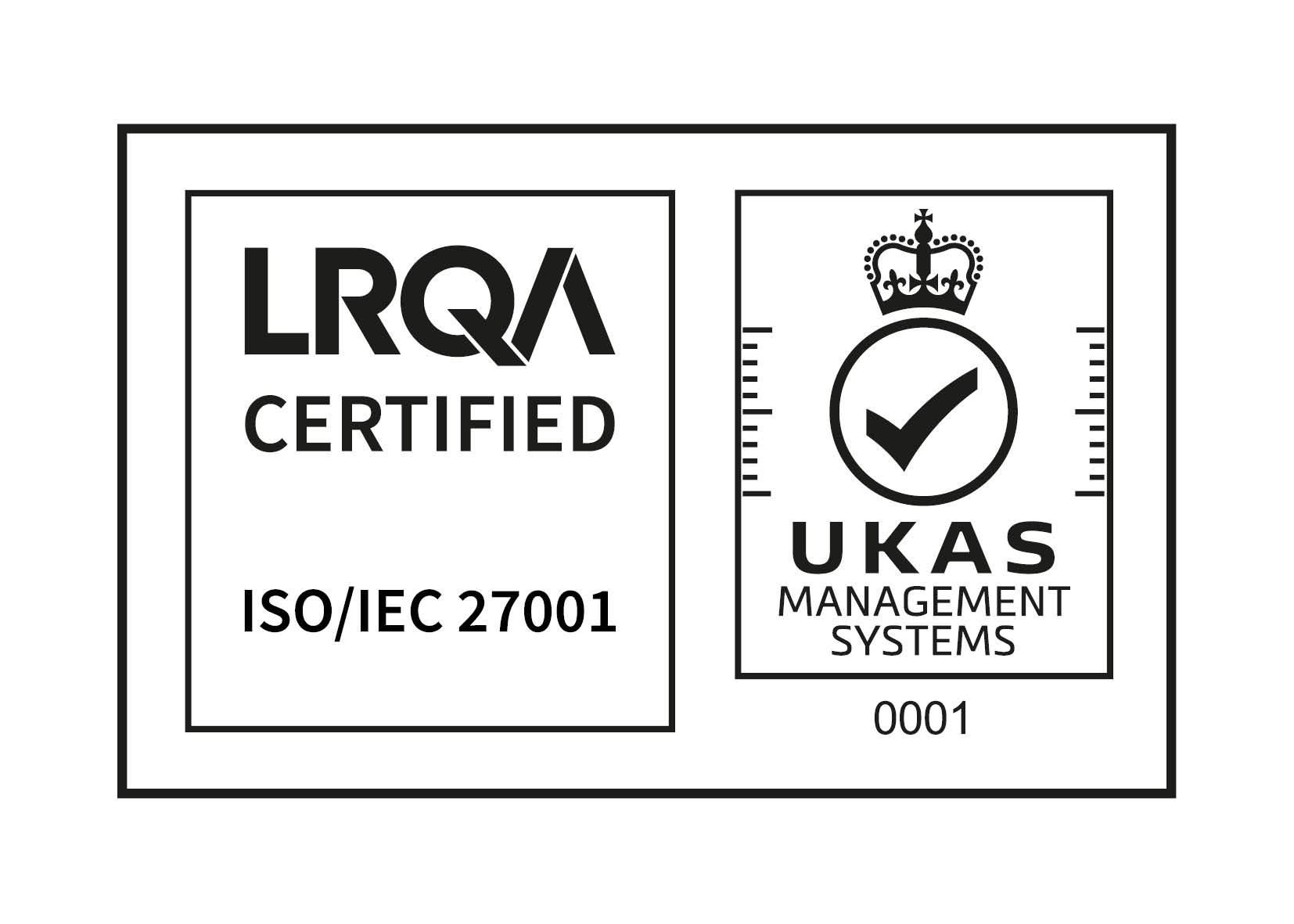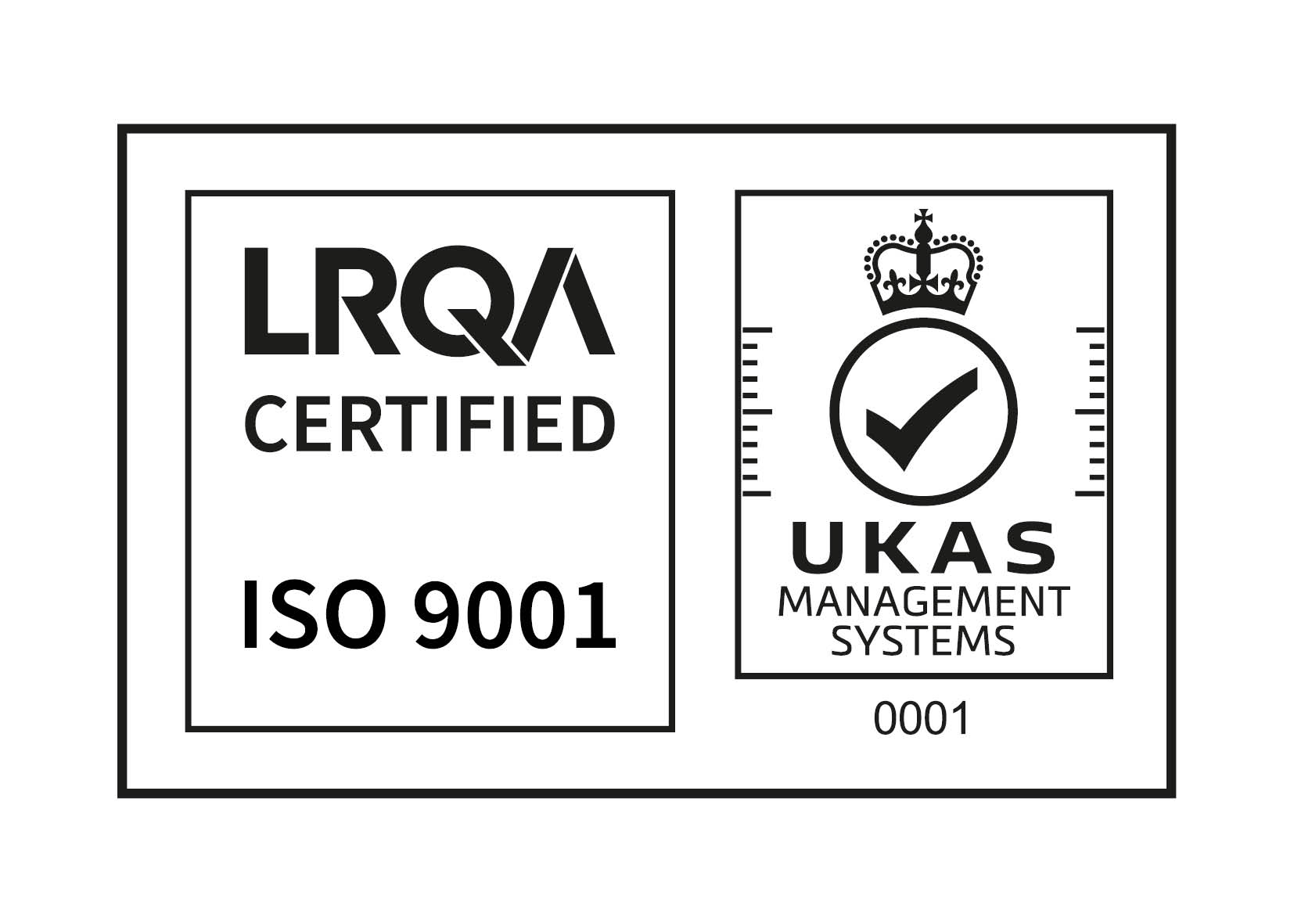Share this
Identifying and Supporting Vulnerable Complainants
by Emma Laxton on December 13, 2023
Identifying vulnerable customers and ensuring processes are adapted to their needs is a hot topic in the complaints handling world. It was a key theme at the recent Scottish Public Sector Ombudsman (SPSO) conference, an event focused on “Supporting Good Complaints Handling in a Changing World”.
Most organisations recognise that providing accessibility is important, whether to their premises, products, or services. But does that always extend to ensuring processes like complaints handling also accommodate vulnerable customers? Speakers mentioned that some organisations even use vulnerabilities like disabilities to justify service failures.
Within this blog, we discuss key takeaways from the conference; looking at ways to identify and support vulnerable complainants, and how technology can support you in this.

What Defines a Vulnerable Customer?
Let's start by determining what defines a vulnerable customer. When you think about who a vulnerable customer could be, you might imagine someone who is disabled, has learning difficulties or is elderly. These attributes certainly do identify vulnerability, however, the definition is wider. Customers who are experiencing mental health issues, grief, trauma, or social isolation could also be considered vulnerable, as could someone who is neurodivergent or who does not have English as a first language.
Financial detriment is now more commonly cited in complaints, a result of the ongoing cost of living crisis. As with all types of complaint, there will be a few opportunists, but it is important to also take this form of vulnerability seriously.
Another type of vulnerability arises when the person making a complaint or having a complaint made on their behalf is a child or young person. In Scotland, the UNCRC Bill (United Nations Convention on the Rights of the Child) is moving through the Scottish Parliament. Once ratified, it will bring about the requirement for public sector bodies to have a child friendly process that enables children to raise complaints and engage in the procedure themselves with or without adult assistance.
How Should You Identify Vulnerability Within Your Process?
The conference speakers often referred to the greater use of technology such as AI (Artificial Intelligence) in the changing complaints handling landscape. AI can be used to identify language which may indicate that a complainant is vulnerable, and then trigger actions such as flagging this or escalating the complaint in a pre-defined way.
However, an important point was raised throughout the conference; the best way to identify and work with a vulnerable complainant is still personally, talking to them and listening to their needs. It is important to ensure that automatic processes do not erase the human touch, particularly as complainants can often be emotive.
It can be difficult for complaints handlers to deal with strong and/or volatile emotions when recording complaints. To identify vulnerability amongst the many cases they work with, they need to understand what may be influencing an emotion, even trust their intuition at times. Could anger be a sign of grief or domestic violence? Could sadness be a sign of social isolation? People who access the service often, sometimes deemed “frequent flyers”, may need extra support.
So, how can you ensure your complaint handlers can identify vulnerability and process the case in a way that meets that person’s needs? In a nutshell, they need the right training and the right tools.
Staff Training on Vulnerability
Training is especially pertinent when thinking about the concealed nature of many vulnerabilities, for instance, it is estimated that 70-80% of all disabilities are invisible.
Complaints data can help to identify the unique scenarios your complaint handlers face, so that appropriate training can be put in place. Any good complaints management system will collect and categorise data as you record complaints. This data feeds in to reporting and analysis of complaint outcomes, including by complainant type. By highlighting clusters and conducting root cause analysis, you can identify whether there are systemic failures affecting complainants with a particular type of vulnerability, and then determine improvements.
How Should You Flag Vulnerability Within Your Process?
Another delicate area to consider is how a vulnerability is flagged within your complaints management process. If one person working on a complaint identifies a vulnerability, then it may be important to share this with other people working on the complaint. Our Workpro complaints management software uses flag icons to do this.
However, there is a difference between a vulnerability which is expressly stated by the complainant or their representative – such as needing communication to be via email due to a hearing impairment – and a vulnerability which is suspected by the person handling the complaint – such as being concerned about an individual's mental health if they are continually and/or inappropriately accessing the service.
It is important to remember that any information you attach to a case could be released in a Freedom of Information (FOI) request. It may be important to record that permission has been sought and granted to record the vulnerability status of a complainant. A consent field could be added to your complaints system to gather this permission. Workpro also includes two types of flags to protect sensitive information – red flag notifications can only be read by people with appropriate permissions.
On a side note, Workpro complaints management systems include FOI and SAR (Subject Access Request) case types as standard to help you manage any FOI requests you receive.
Process Adaptations for Vulnerable Customers
Communication was repeatedly referenced as vital to working with vulnerable customers. Speakers mentioned the importance in challenging situations of building relationships and keeping the complaint process person-centred. The tone of communication will influence the interaction dramatically. Empathy will offer an opportunity to build trust, while defensive or dismissive responses can expose issues with organisational culture and behaviour.
Examples of adaptations which could be made for vulnerable individuals include:
- Thinking about accessibility when choosing the format of communication e.g., written communication for someone who is hearing impaired or verbal communication for someone who is illiterate or has reduced reading ability.
- Scheduling meetings or phone calls at times which suit an individual’s needs, such as avoiding mornings if they take medication which makes them drowsy.
- Ensuring that services are dyslexia friendly.
- Ensuring services are mobile-friendly to increase accessibility for children and young people.
Giving staff access to appropriate document and email templates at key process steps will help them to communicate effectively. You can store multiple versions of templates in Workpro, including large font or language translations for example. Data from the case record is auto-populated to save time, but the letter or email can then be personalised as needed.
Workpro is under constant development and understanding the complaints handing world feeds into our product roadmap. This interesting conference was attended by members of the Workpro team in a learning capacity. At Workpro, we believe in considerate automation, where we think through the potential pitfalls before implementing new technology. You can read more about this in our blog: The Pros and Cons of AI for Complaints Management.
If you’d like to learn more about Workpro’s complaints management system then please contact us and a member of our team will be in touch shortly.
Share this
- December 2025 (2)
- November 2025 (1)
- October 2025 (2)
- September 2025 (1)
- August 2025 (3)
- July 2025 (2)
- May 2025 (2)
- April 2025 (3)
- February 2025 (3)
- December 2024 (1)
- November 2024 (1)
- October 2024 (1)
- June 2024 (1)
- May 2024 (2)
- April 2024 (2)
- March 2024 (1)
- February 2024 (1)
- January 2024 (1)
- December 2023 (1)
- November 2023 (2)
- October 2023 (1)
- August 2023 (2)
- July 2023 (2)
- June 2023 (2)
- May 2023 (1)
- April 2023 (3)
- February 2023 (3)
- December 2022 (2)
- October 2022 (1)
- September 2022 (3)
- August 2022 (2)
- July 2022 (2)
- June 2022 (1)
- March 2022 (2)
- February 2022 (1)
- January 2022 (1)
- December 2021 (1)
- October 2021 (1)
- June 2021 (2)
- May 2021 (1)
- February 2021 (2)
- October 2020 (1)
- September 2020 (1)
- August 2020 (1)
- July 2020 (1)
- June 2020 (3)
- April 2020 (1)
- October 2019 (2)
- September 2019 (2)
- May 2019 (1)
- March 2019 (1)
- November 2018 (1)
- July 2018 (1)
- November 2017 (1)
- September 2015 (1)








